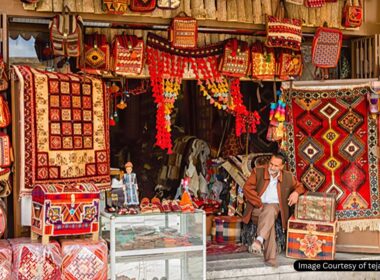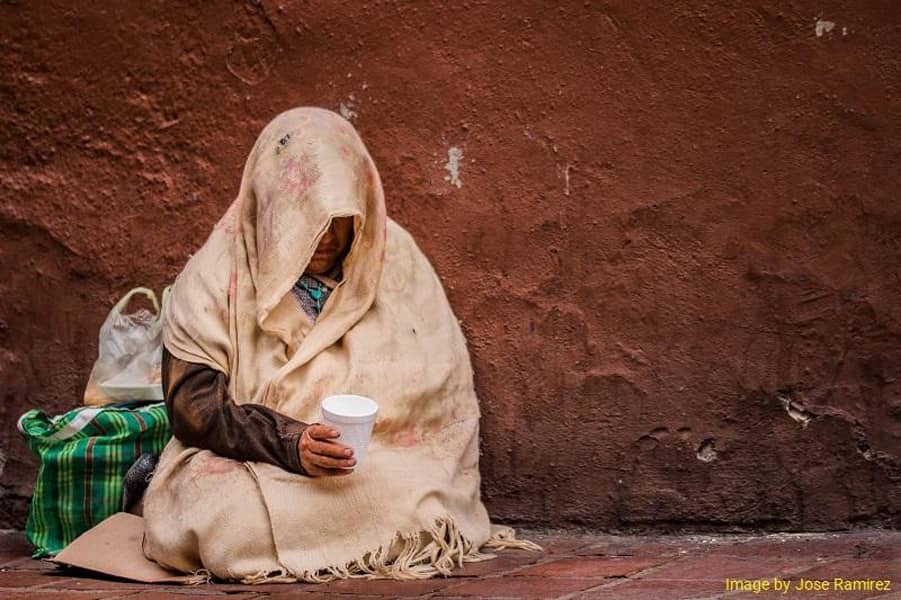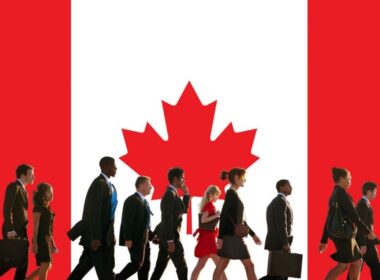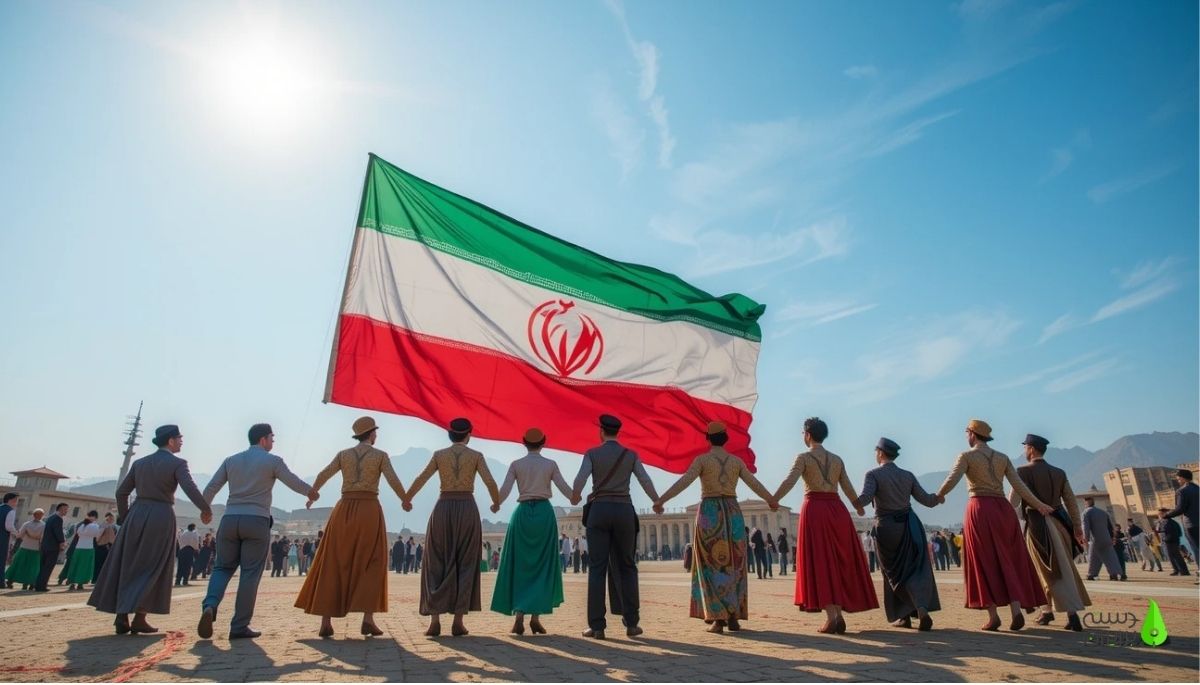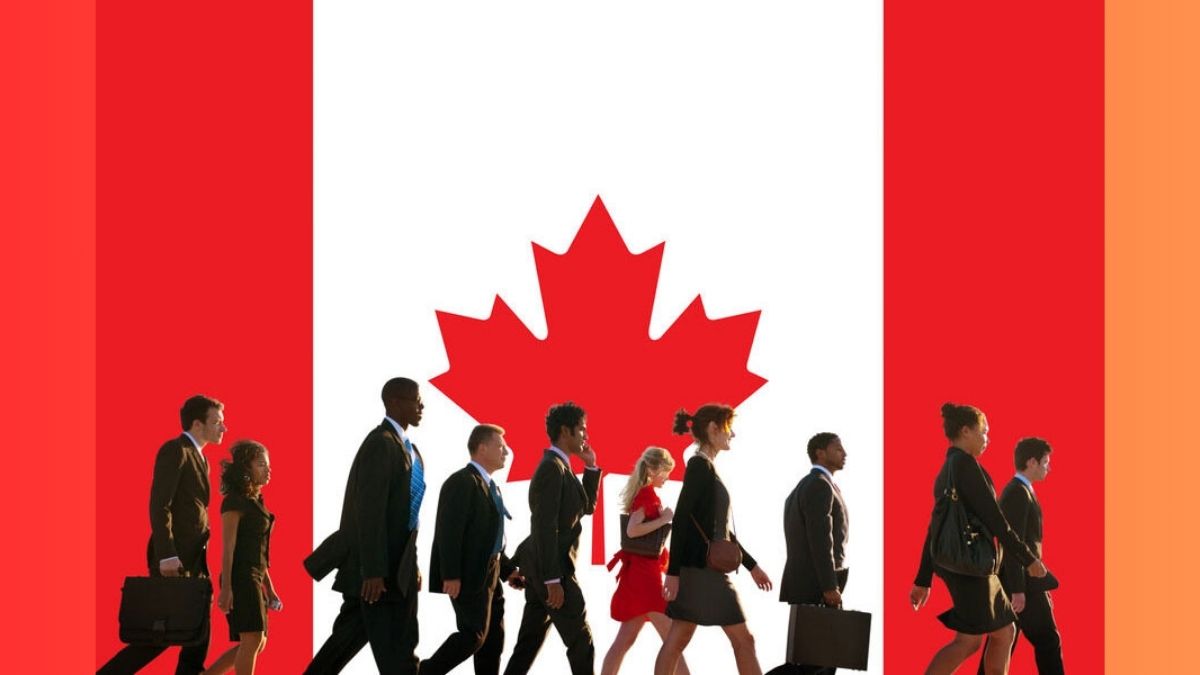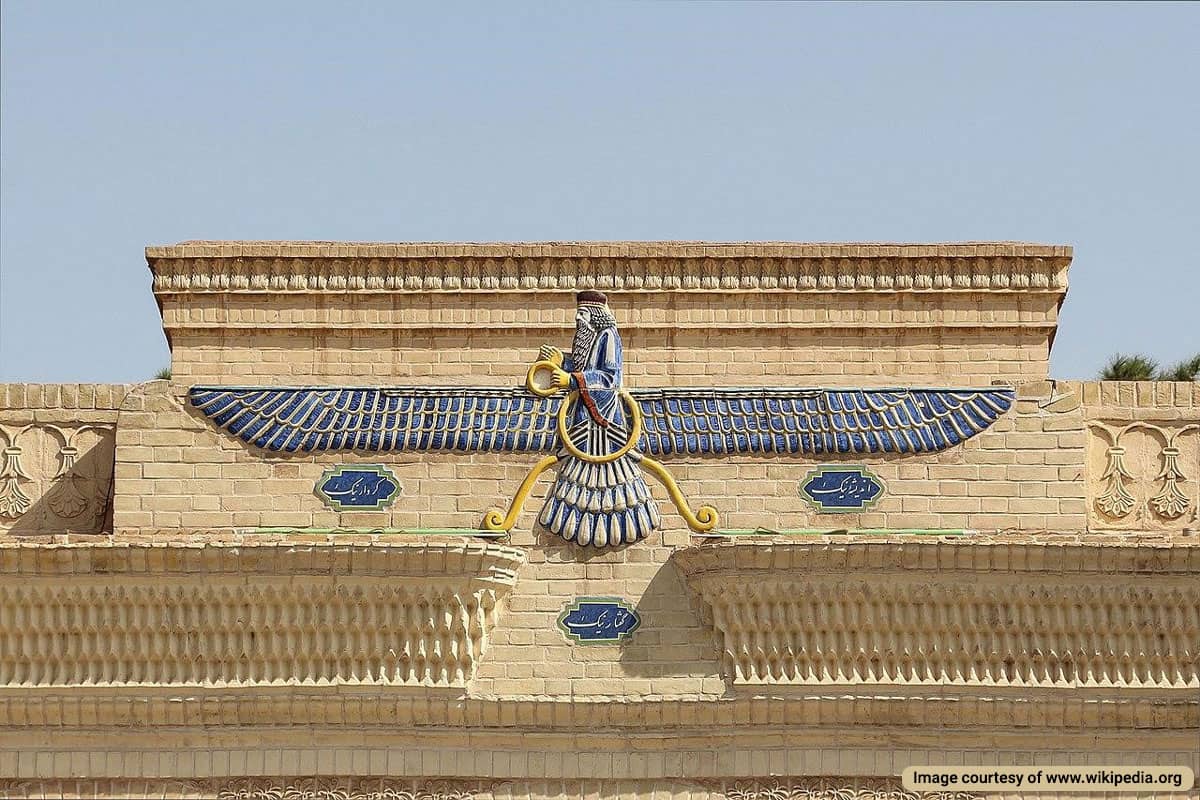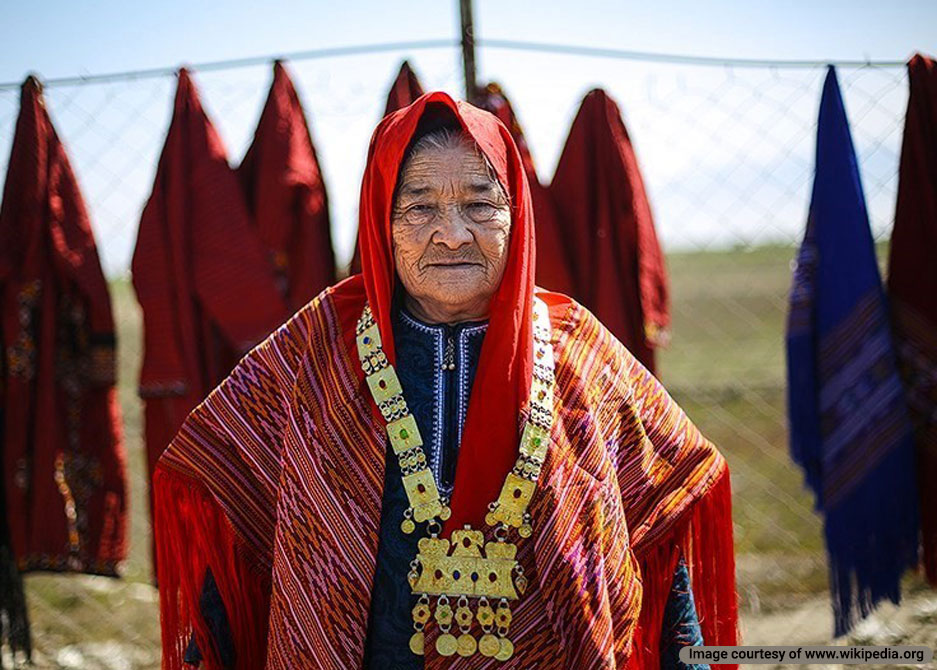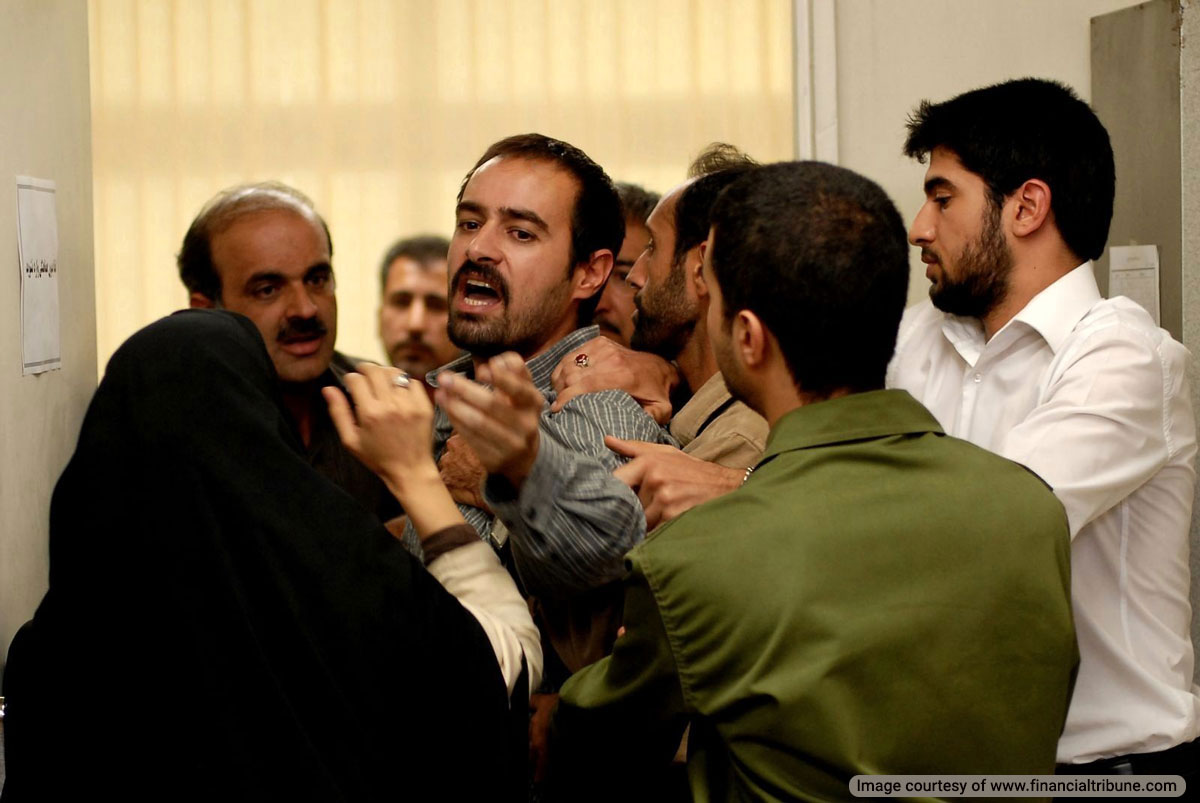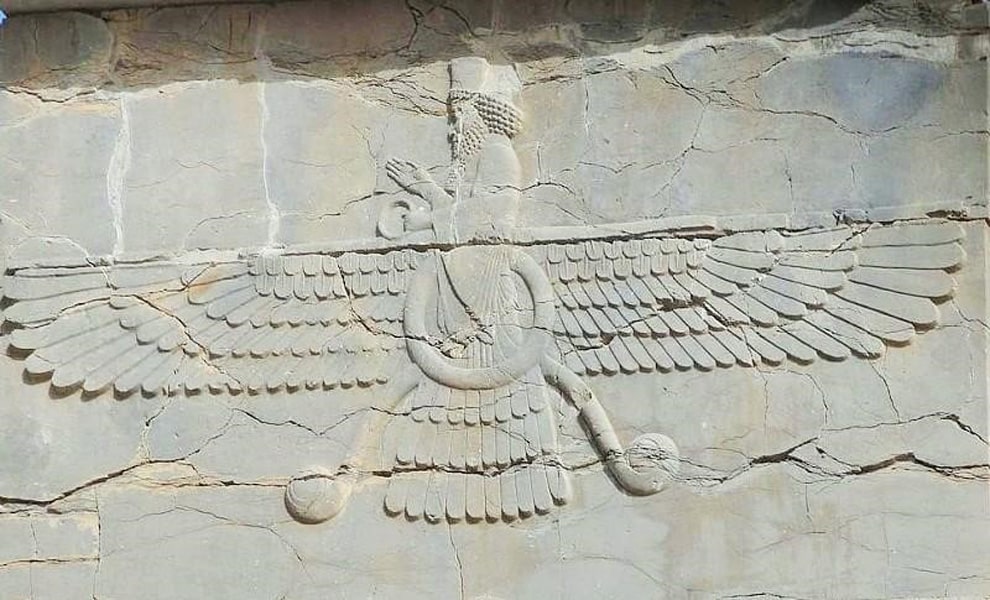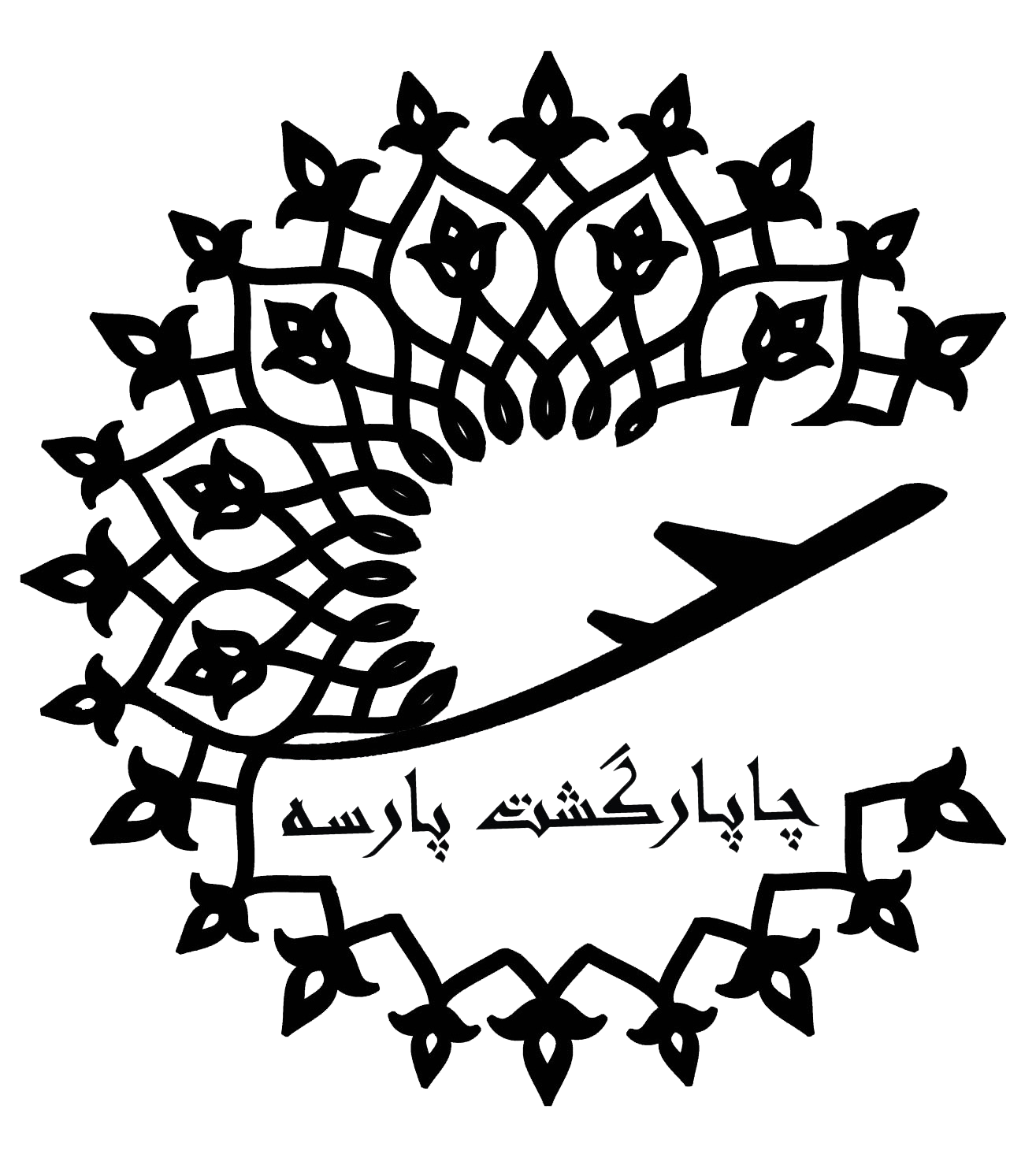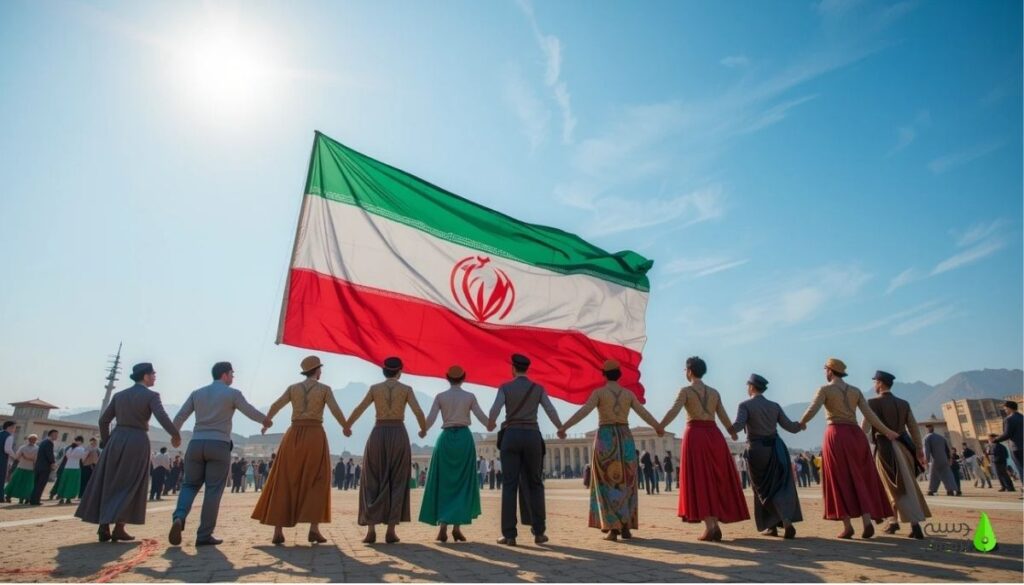
Iranian identity is a dynamic mosaic, intricately woven from millennia of history, cultural exchange, and social cohesion. While Persian heritage forms a significant thread, this identity transcends ethnicity, uniting a multiethnic nation through shared language, artistic traditions, and historical consciousness. This article explores the pillars of Iranian identity and celebrates its unity amid diversity, underscoring how Iran’s ethnic groups contribute to a collective national ethos.
What Does It Mean to Be Iranian?
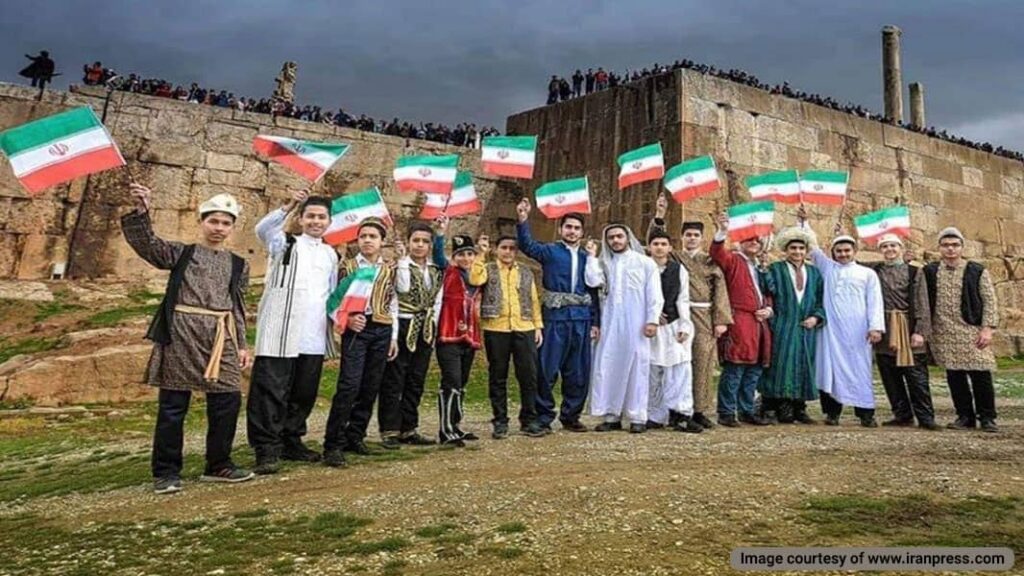
Iranian identity is a national identity—a sense of belonging rooted in citizenship rather than a single ethnicity. Modern Iran is home to Persians, Azerbaijanis, Kurds, Baluchis, Arabs, and others, each with distinct languages and customs. This identity is anchored in shared historical narratives, cultural symbols like Nowruz (Persian New Year), and the Persian language, which acts as a lingua franca.
As defined by theories of national identity, Iran’s collective ethos emerges from a blend of civic participation, cultural heritage, and territorial belonging, fostering solidarity in a diverse society.
The Common Misconception: All Iranians Are Persian
A common misconception conflates “Iranian” with “Persian.” While Persians form the largest ethnic group (∼61% of the population), Iran’s identity is inclusively national. The term “Iranian” encompasses all citizens, reflecting the country’s multiethnic reality. This distinction is critical to understanding Iran’s social fabric, where regional identities coexist within a unifying national framework.
The Historical Evolution of Iranian National Identity
Iranian identity has evolved through empires, invasions, and cultural synthesis:
- Ancient Persia: The Achaemenid (550–330 BCE) and Sassanid (224–651 CE) empires established administrative and cultural systems that emphasized Iranzamin (the Land of Iran), a concept of territorial and cultural unity.
- Islamic Era: The Arab conquest (7th century) introduced Islam, which merged with Persian governance and art, creating a unique Indo-Islamic synthesis.
- Safavid Dynasty (1501–1736): Adopting Shi’a Islam as the state religion further distinguished Iran’s identity from neighboring Sunni-majority regions.
- Modern Era: The 20th-century Pahlavi dynasty reinforced pre-Islamic symbols, while the 1979 Revolution intertwined Shi’a Islam with national consciousness.
These layers of history highlight Iran’s resilience, adapting to external influences while retaining a distinct continuity.
Language and Script: Bridges of Connection
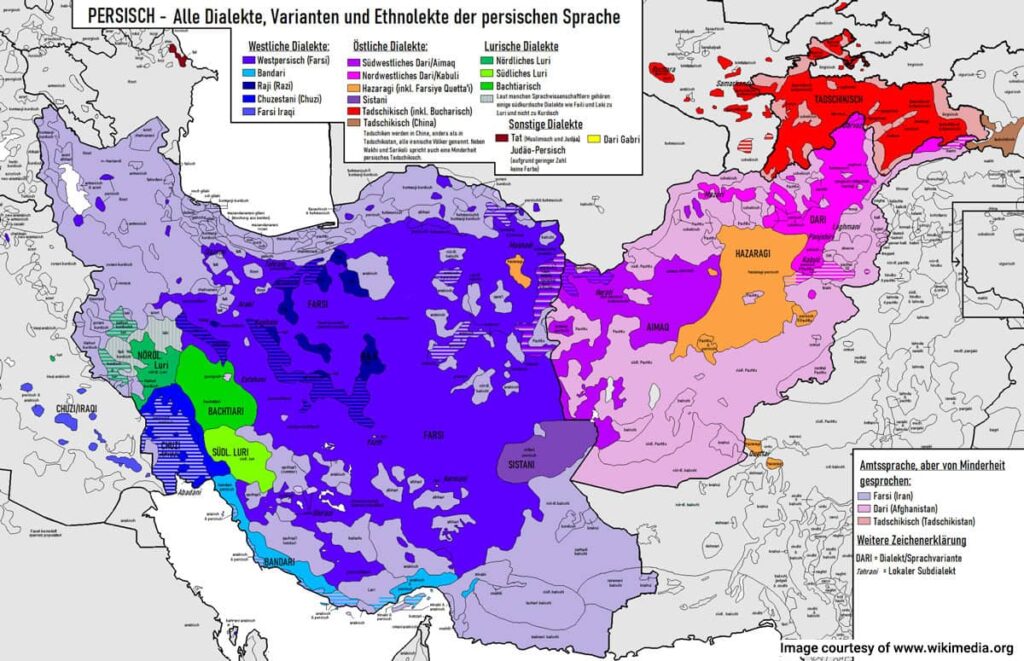
Persian (Farsi), Iran’s official language, bridges its ethnic diversity. Derived from Middle Persian, it incorporates Arabic, Turkic, and European loanwords, reflecting centuries of exchange. The Persian script, modified from Aramaic letters, preserves classical literature like Ferdowsi’s Shahnameh (Book of Kings), a 10th-century epic that revitalized Persian identity post-Arab conquest.
Regional languages—Azerbaijani Turkish, Kurdish, Baluchi, Arabic, and others—thrive locally, showcasing Iran’s ethnic pluralism. However, Farsi’s role in education, media, and government strengthens national cohesion.
Cultural and Artistic Heritage: A Tapestry of Influences
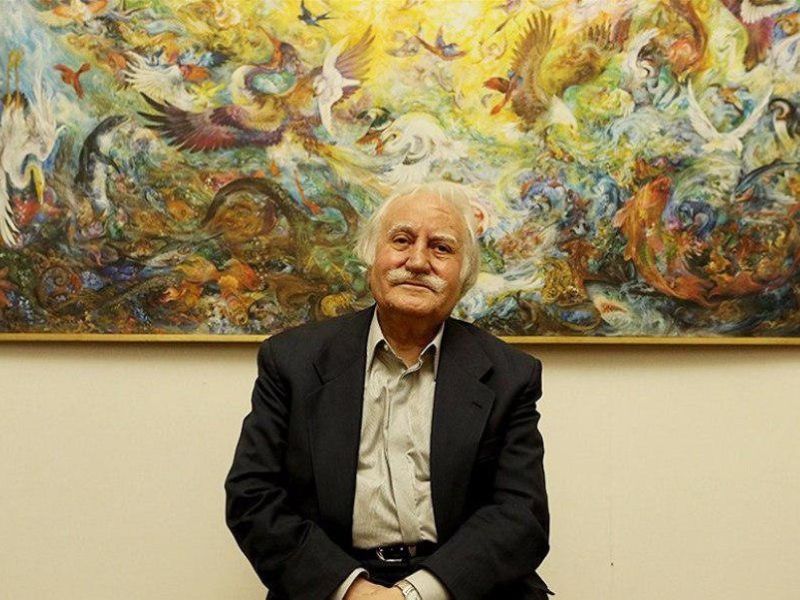
Iran’s artistic legacy exemplifies syncretism:
- Nowruz: This ancient Zoroastrian festival, celebrated by all ethnicities, symbolizes renewal and unity, recognized by UNESCO as an intangible cultural heritage.
- Architecture: From the pre-Islamic ruins of Persepolis to Isfahan’s Islamic-era mosques, structures blend Zoroastrian, Islamic, and Central Asian motifs.
- Arts: Miniature painting, classical music (e.g., radif), and handicrafts like carpet weaving integrate Turkic, Arab, and Persian styles.
Multiethnic Society: Unity in Diversity
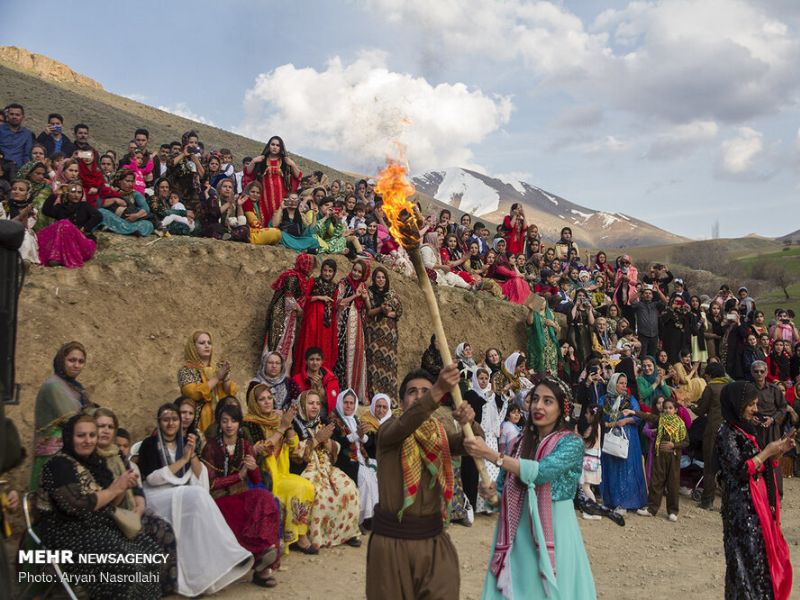
Iran’s strength lies in its ethnic diversity, with each group enriching the national tapestry:
Azerbaijanis (Turks): The Largest Minority
- Population: 12.8 million (primarily in Northwest Iran).
- Language: Azerbaijani (Turkic), with widespread Farsi bilingualism.
- Contributions: Azerbaijani poets like Shahriar bridged Turkic and Persian literary traditions. Their Shi’a faith and vibrant Ashura observances reinforce shared national religious practices.
Kurds: Guardians of Ancient Traditions
- Population: 8 million (Western Iran, Kurdistan, and Kermanshah provinces).
- Language: Kurdish (Sorani and Kurmanji dialects).
- Contributions: Kurdish heritage, including dance (halparke), epic poetry (Dengbêj), and intricate textiles, preserves Iran’s pre-Islamic legacy. Many Kurds engage in national governance and military institutions.
Lurs: Custodians of Nomadic Heritage
- Population: 8 million (Lorestan, Kohgiluyeh, and Boyer-Ahmad provinces).
- Language: Luri, a Western Iranian language.
- Contributions: Renowned for nomadic traditions, Lori music, and tribal crafts. The Bakhtiari subgroup is celebrated for historic seasonal migrations (kooch).
Baluchis: Crossroads of Culture
- Population: 1.6 million (Sistan and Baluchestan Province).
- Language: Baluchi, an Iranian language with regional dialects.
- Contributions: Intricate embroidery, suroz fiddle music, and oral poetry highlight Indo-Iranian influences. Their Sunni faith enriches Iran’s religious diversity.
Arabs: Coastal Heritage and Shared History
- Population: 1.6 million (Khuzestan Province).
- Language: Arabic, with Farsi bilingualism.
- Contributions: Ahwazi Arab culture emphasizes maritime traditions and date farming. Poets like Adnan al-Sayegh blend Arabic and Persian literary styles.
Turkmen: Nomadic Artisans
- Population: 1.3 million (Golestan Province).
- Language: Turkmen (Turkic).
- Contributions: Renowned for handwoven carpets (Bukhara) and equestrian traditions.
Gilaks and Mazanderanis: Caspian Communities
- Gilaks: 2.4 million; Mazanderanis: 3.2 million (Caspian provinces).
- Language: Gilaki and Mazanderani (Caspian Iranian languages).
- Contributions: Rice cultivation, folklore music (Lahiji), and vibrant Nowruz celebrations.
Qashqai: Weavers of the Zagros
- Population: 1.7 million (Fars, Isfahan, and Khuzestan provinces).
- Language: Qashqai Turkic.
- Contributions: Nomadic rug-weaving, tribal governance, and distinct silversmithing.
Others: Diverse Threads of Identity
- Talysh: 400,000 (Gilan and Ardabil), with agricultural traditions and Talysh language.
- Armenians and Assyrians: Ancient Christian communities contributing to arts, architecture, and Iran’s interfaith mosaic.
This pluralism is celebrated through state-sponsored ethnic festivals and regional media, though challenges like economic disparities persist.
Modern Challenges and Identity Dynamics
Globalization and digital connectivity reshape Iranian identity:
- Youth Movements: Reinterpret traditions through art and social media.
- Diaspora Influence: Global Iranians fuse heritage with transnational experiences.
- Economic Disparities: Addressing regional inequities remains crucial for social cohesion.
Despite these shifts, national symbols like the Persian language and Nowruz endure as unifying forces.
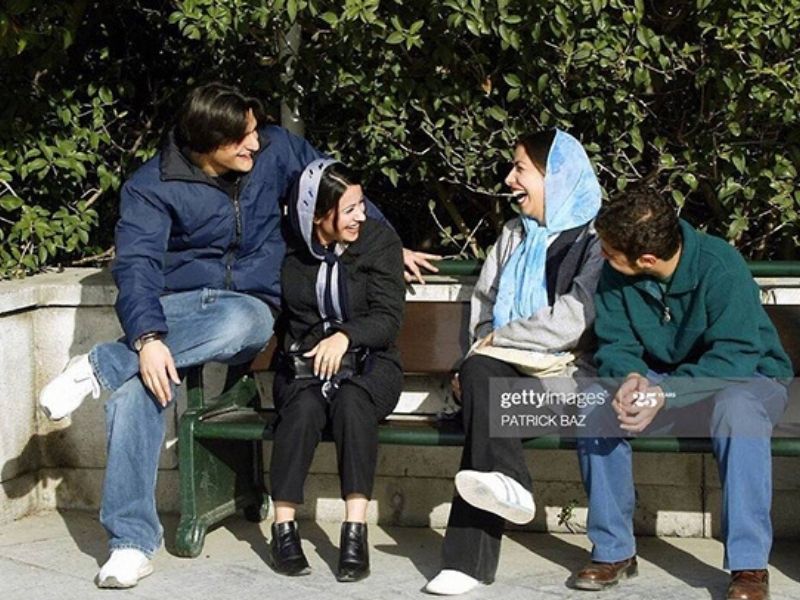
Iranian Identity in the Modern World
We encourage you to learn more about Iranian national identity. Globalization and digital connectivity have reshaped Iranian identity, blending traditional values with contemporary discourse.
Youth movements and diaspora communities reinterpret heritage through art and activism, while state institutions emphasize historical continuity. Yet, the core tenet remains: Iranian identity is dynamic, embracing change while honoring a shared past.
Frequently Asked Questions
If you have any other questions about Iranian national identity, let us know in the comments. We will respond as soon as possible.
What role does religion play in national identity?
Shi’a Islam is a majority faith, but Sunni Islam, Zoroastrianism, Christianity, and Judaism have contributed to Iran’s pluralism.
How does language unite Iran’s ethnic groups?
Farsi serves as a lingua franca, enabling communication across ethnicities. Regional languages coexist, reflecting Iran’s diversity, while the Persian script anchors literary and historical continuity.
What role does history play in Iranian identity?
Iran’s history of empires, cultural exchanges, and religious evolution has created a layered identity, emphasizing resilience and adaptability through centuries of change.
Why is Iranian identity considered inclusive?
It acknowledges and integrates the traditions of all ethnic groups within a unified national framework, celebrating diversity as a source of strength.


